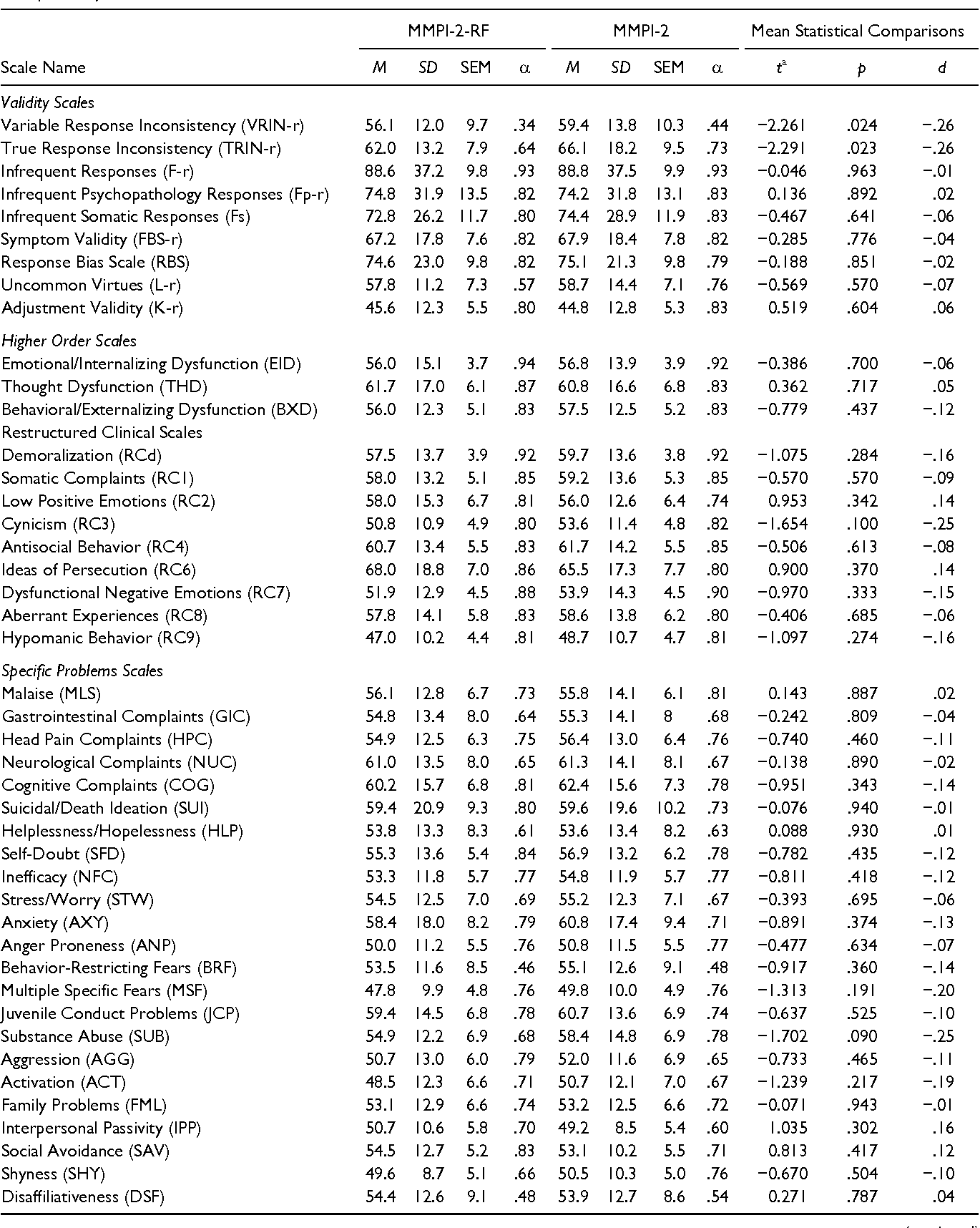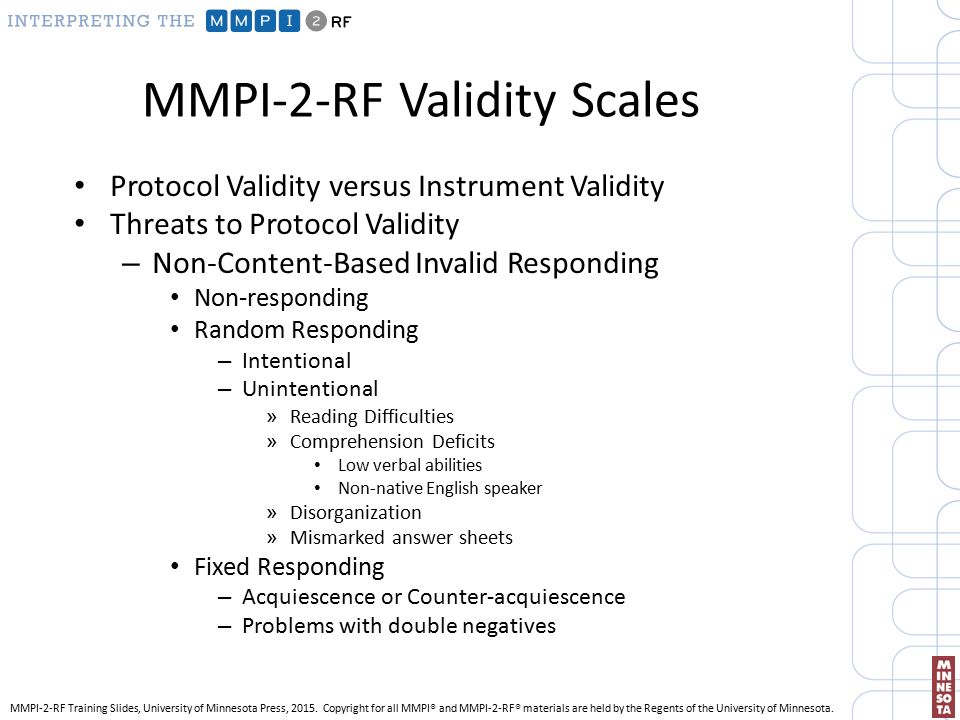

Nineteen pre-and post-MCMI-IIIs were analyzed for change after participants completed the six-week pain management program. Membership in the female MMPI-2 clusters were predicted by MCMI-III clinical scales "4" Histrionic, "T" Drug Dependence and "2A" Avoidant. Results indicated that MCMI-III clinical scales "7" Compulsive, "X" Validity and "C" Borderline were predictors for membership in the male MMPI-2 clusters. Seven multiple regression analyses were performed to determine which MCMI-III clinical scales predicted cluster membership in the MMPI-2 clusters.


A multivariate cluster analysis procedure was performed that yielded 3 homogeneous female MMPI-2 clusters and 4 MMPI-2 homogeneous male clusters. Patients with thoracic (mid-spine) and carpal tunnel pain were excluded from this study. Each has experienced back pain in the lumbar region (L1 to L5) or cervical region (C1 to C7) for an average of 32 months. Each patient had a primary diagnosis related to a back and/or a cervical injury, a chronic pain diagnosis, and often medical prescription dependency and/or addition. Data was obtained through assessment data (N = 242) from the Dallas Spinal Rehabilitation Center (DSRC), that included MMPI-2 and MCMI-III, as well as pre-and post-assessment information (n = 21) and follow-up questionnaires (n = 19). The purpose of the present study was to study the relationship of MCMI-III clinical scales with MMPI-2 clusters in a chronic pain population.

More information about this dissertation can be viewed below. It has been viewed 3021 times, with 27 in the last month. Each has experienced back pain in the lumbar region …


 0 kommentar(er)
0 kommentar(er)
